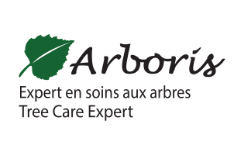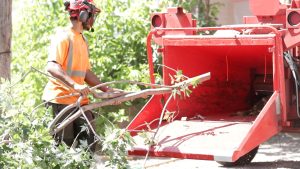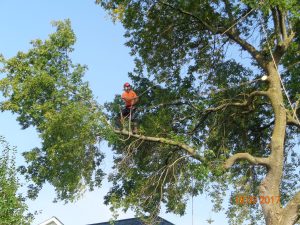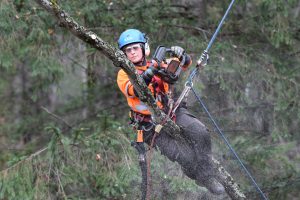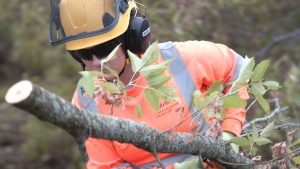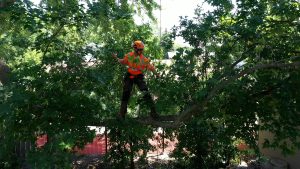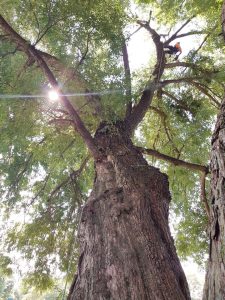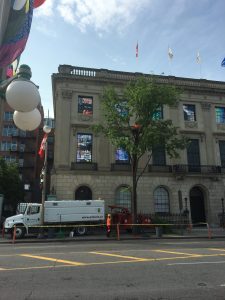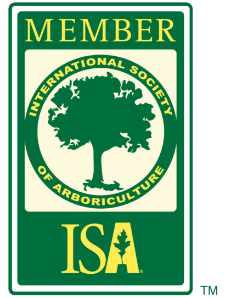Tree Pruning
Pruning is the process of selectively cutting back branches or parts of the tree in a way that balances the needs and desires of the owner with the health of the tree. Pruning is often done to remove branches that are dead, diseased, damaged or that may be a source of danger to people or property. It can also be done to control the growth of the tree, improve the shape or aesthetic appearance of the tree, or to facilitate the growth of other plants below the tree.
Pruning can be done at any time of the year, but the best times are usually in the late fall, winter or early spring when the tree is dormant. It is important to note that pruning must be done carefully to avoid damage to the tree. It is therefore often recommended to call a professional to perform the pruning, especially for large trees or for difficult and dangerous work.
WHY PRUNE A TREE?
There are several reasons why you might need to prune a tree, here are some examples:
For safety reasons
If a tree's branches are diseased, dead or damaged, they can fall and cause damage or injury.
To improve the health of the tree
Pruning can help remove branches that interfere with the growth and health of the tree, including allowing light and air to flow more freely through the tree.
For aesthetic reasons
Pruning can help improve the appearance of a tree by removing unsightly branches or giving the tree a more attractive shape.
To control the size of the tree
If a tree is growing too large for its location or obstructing a view, pruning can be used to control its size and shape.
To encourage fruiting
Pruning can be used to encourage the tree to produce more fruit by removing non-productive branches.
We recommend that pruning be done professionally to avoid damaging the tree. Improper pruning can cause injury to the tree and compromise its long-term health.
WHAT ARE THE PRUNING TECHNIQUES?
There are several tree pruning techniques that can be used depending on the specific objectives of the pruning and the structure of the tree. Here are some of the pruning techniques we use:
Sanitation Pruning
This technique involves removing dead, diseased, damaged or crossing branches to improve the health of the tree and prevent branches from breaking and falling.
Structural pruning
This technique involves directing the growth of the tree by cutting off branches that are growing in the wrong direction or competing with the dominant stem. It is often used to promote a well-balanced structure that ensures a strong and healthy tree.
Crown reduction pruning
This technique involves reducing the size of the tree's crown by cutting off the longest and tallest branches. It is often used to reduce the size of the tree and to prevent branches from touching buildings, power lines or other structures.
Restoration Pruning
This technique is used when a tree has been damaged by a storm or has been victim of bad pruning practices. This technique will improve the tree’s appearance and encourage its recovery.
Pruning of fruit trees
Pruning of fruit trees is done to improve the quantity and quality of fruit produced. This practice selects the vigorous branches of the tree and removes weaker branches, encouraging it to produce fruit rather than grow.
